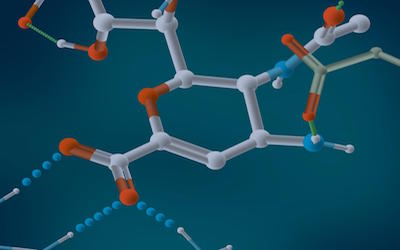随着PTE考生对PTE口语和PTE听力的重视,大家口语和听力的分数得到极大提高,但是PTE阅读渐渐成为考生们新的难题。墨尔本悉尼文波PTE特别为PTE考生们挑选了适合练习PTE阅读的文章,主题,内容,长度都与PTE阅读题中的文章相似。激活学过的词汇,更新新的词汇,提高阅读速度,全面提升自己的阅读能力。
The consortium of governments and institutions involved in the Human Genome Project should commit to finishing the finished genome. Our recent experiments indicate that these last bits contain potentially important genes and other elements important to our health.
In April, 2003, the Human Genome was declared complete, but a close reading shows that the actual claim was that the genome is “complete in nearly every functional way” or “is as complete as it can be.” It is estimated that this means it’s 99 percent percent done, and the focus since 2003 has been on acquiring more genomes, not finishing the last one percent of ours. But what if this last one percent is “functional”, and we are also missing one percent of the estimated 20,000 to 25,000 genes, or 200+ genes? The most important reason to finish the genome is that any of these “missing” genes never get studied.
And there is one thing about nature, it is efficient, so there is a reason why these repeat regions exist (even if we don’t know what it is yet), and there is a function for these genes (again, even if we don’t know what that function is yet, or what happens when the gene is broken). There still is a debate about the importance of the rest of this stuff, sometimes called “Junk DNA” or “Dark Matter DNA”. But I think the prevailing scientific opinion is that the rest of the genome, the intergenic (between gene) regions are important, and contain other important things, but we haven’t figured out much about these regions.
consortium 集团 财团
genome 基因组
intergenic 基因间的





